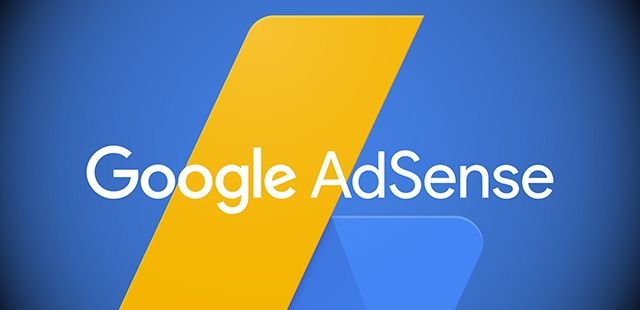Google AdSense Announces Major Updates to Publisher Payment Structure
Intro
Google AdSense, a leading online ad network, has recently unveiled significant changes to its revenue-sharing model and payment structure for publishers. This article explores the key updates that Google is set to roll out in early 2023, aiming to provide greater transparency and consistency for website publishers who monetize their content through AdSense. These changes are expected to have a substantial impact on the way publishers earn money through this platform.
Shift from CPC to CPM: What Publishers Need to Know One of the most significant changes announced by Google is the shift from the traditional Cost Per Click (CPC) method to a Cost Per Mile (CPM) model. This means that instead of being paid only when a user clicks on an ad, publishers will now be compensated based on the number of impressions their ads receive. Here’s what publishers need to keep in mind about this transition:

1. CPM vs. CPC: Understanding the Key Differences
- CPM ads can be a lucrative choice for publishers, especially those with substantial website traffic. However, the success of CPM ads depends on various factors, including ad type, targeting options, and competition for ad space. It’s crucial for publishers to strategically place CPM ads to maximize their earnings.
- CPM rates typically yield higher earnings for publishers compared to CPC (Cost Per Click) ads. This change can benefit publishers who focus on impressions over clicks.
Google’s Commitment to Publishers For two decades, Google AdSense has played a vital role in helping websites monetize their content by connecting them with advertisers. Google emphasizes that they have paid out billions of dollars to their publishing partners in the AdSense network, allowing content creators to concentrate on producing high-quality content without worrying about monetization.
2. AdSense Revenue Share Model Split: Buy-Side and Sell-Side Fees Google is revamping its revenue share model, breaking it down into separate buy-side and sell-side fees. This change enhances transparency and ensures that publishers receive their fair share of earnings.
- Under the previous model, Google deducted 32% of AdSense earnings as a bundled transaction fee. In the new system, Google retains around 15% as a buy-side fee when supplying demand through Google Ads, leaving publishers with 80% of the remaining revenue.
- For third-party ad buyers, the sell-side fee is deducted first, and publishers receive 80% of the earnings following this deduction. Importantly, Google has no control over the fee rates imposed by third-party ad platforms.
3. Changing From Pay Per Click to Payments Per Impression In addition to the revamped revenue sharing, AdSense is transitioning from a pay-per-click basis to a cost-per-impression (CPM) model. This aligns AdSense with industry standards and aims to provide consistency for publishers across various platforms.
- Google assures publishers that this shift should have minimal impact on their AdSense earnings. The update does not affect ad formats, types, or the volume of ads displayed on websites using AdSense for monetization. Strict policies against disruptive ad experiences remain in place.
AdSense’s Upcoming Changes
These changes in Google AdSense’s revenue-sharing model and payment structure are set to take effect in early 2023. Importantly, publishers do not need to take any action to implement these changes; Google is working to ensure a seamless transition. The adaptability of AdSense to the evolving digital advertising landscape demonstrates Google’s ongoing commitment to supporting free content access for internet users worldwide. These changes represent a significant step towards a more transparent and sustainable future for the open web, benefitting publishers of all sizes.

